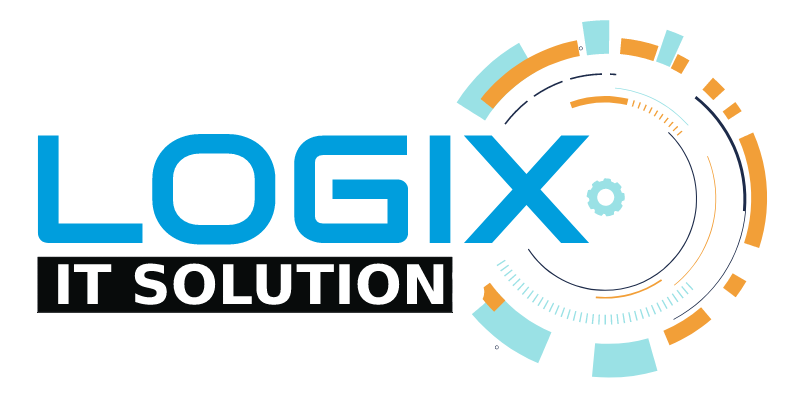CCNA (200-301) course is offered by Logix IT Solution. Logix IT Solutions is a tech Company founded in 1998. We started out as a technological training company and later diverted our business into different domains.

CCNA (200-301) course is offered by Logix IT Solution. Logix IT Solutions is a tech Company founded in 1998. We started out as a technological training company and later diverted our business into different domains.
Now we are working in business verticals like power backup solutions, security system solutions, IT infrastructure, website development, Social Media marketing, and search engine optimization and HR consultancy.
Content:
Logix IT Solutions is a tech Company founded in 1998. We started out as a technological training company and later diverted our business into different domains.
Now we are working in business verticals like power backup solutions, security system solutions, IT infrastructure, website development, Social Media marketing, and search engine optimization and HR consultancy.
Since the inception, the whole team has been concentrating in providing the best service to its customers and a better future for our trained students in various courses placing them in responsible job.
© 2025 coursetakers.com All Rights Reserved. Terms and Conditions of use | Privacy Policy